
Art as Therapy: Using a Palette of Colors at the Nubarashen Psychiatric Ward
What colors would you use, and what design would you employ, if you were given a set of paints containing the seven primary colors and told to paint an image of yourself.
I started to think about the question when I came across a Facebook post on an exhibition called “Uncommon Pictures” that took place on October 24 at the Yerevan Modern Art Museum.
On display were the works of eight psychologically-impaired individuals from the Nubarashen psychiatric ward who had captured their thoughts on paper, mostly in the form of painting.
I was interested to see these paintings and was pleasantly surprised to see the artists mingling with visitors and informing them about their work.
Later, I learnt that the exhibition was one of the rare occasions when patients who are members of the art club at the Nubarashen psychiatric ward are allowed to leave the premises and engage with people on the outside. (The official name of the ward is the National Center for the Preservation of Psychological Health).
The diversity the paintings and the colors used caught my eye.
The art club meets twice a week at the center which treats 389 patients. The government has allocated AMD 794.746 million ($1.6m) to the center this year.
The center also has a library, a courtyard with a set of swings, and TVs in several of the wings.
Ruzanna Zohrabyan, a social worker at the center, says a concert was held a month ago and that patients participated by singing, dancing and reciting.
While walking the halls of the center, escorted by Zohrabyan, patients would approach us, asking when the next concert would be held.
They also asked the social worker if she liked what they had recited or sung.
“Can I sing a song I have written next time?” one patient asked. “I understand the words better and give it more feeling.”
Music, in addition to art, is known for its therapeutic value. Sadly, the center only has a guitar and duduk (reed instrument) for the patients to play.
Many in the art club also enjoy dancing. During recreation breaks, the staff play songs on their smartphones for the patients to dance to.
In the summer, these breaks are held outside several times a week. The winter cold cuts down on such outside intervals.
Gor Grigoryan, who founded and runs the Art Development Assistance NGO, says it took a long time to convince center management to open an arts club.
Grigoryan and his friends allocate several hours a week at the center, using their paints and passion to make life for patients just a bit more colorful and interesting.
They buy most of the art supplies themselves, and given the expense, right now paint is the preferred medium, even though club members would also like to work with clay.
Grigoryan says that the art club members have reached a level where they create images on their own, using their imagination, rather than merely painting a duplicate of an image handed them.
“They feel good about changing things around. It’s a creative experience for them, and that’s our main aim,” Grigoryan says, adding that the success of the October exhibition has convinced him that similar events must be organized throughout the year.
Narineh Papyan, a psychologist at the center, stresses that many of the patients are withdrawn socially since they have no relatives on the outside to visit.
“They only interact with the doctors and other staffers. They have a socialization problem. Art, music and dance help them break out of their shell,” Papayan says, adding that some even write poetry.
“A few of the patients are professional musicians who, for a number of reasons, are now treated here. Music allows them maintain their self-worth. They feel useful here,” the psychologist says.
Aned Bilyan, one of the exhibition’s curators who works as a volunteer at the art club, says their long-term objective is to work with psychologists and psychiatrists to study the art work produced by individuals with psychological problems and to use the findings to develop better therapy options.
“The current conditions at the center don’t allow for a diversity of therapy options. Through the art work I’ve concluded that people with psychological issues are quicker to grasp information than others when you give them instructions and provide them with the tools to express themselves. Perhaps it’s because they are usually not afforded the chance to engage with others that they jump at the chance and are doubly quicker to react,” Bilyan says.
Before I leave, art club members recite passages from Yeghishe Charents and Vahan Derian. They sing some Aznavour melodies. They talk about Paris and Amsterdam, places they’ve only seen in books.
They ask if we’ll return. We promise that we shall.
There are all kinds of colors. Some are found inside. Some are faded, and others shine. Some are never used or used sparingly.
So, I ask you again. What colors would you use to paint your life?
video: Saro Baghdasaryan and Tatev Khachatryan
photos: Saro Baghdasaryan
 Videos
Videos Photos
Photos
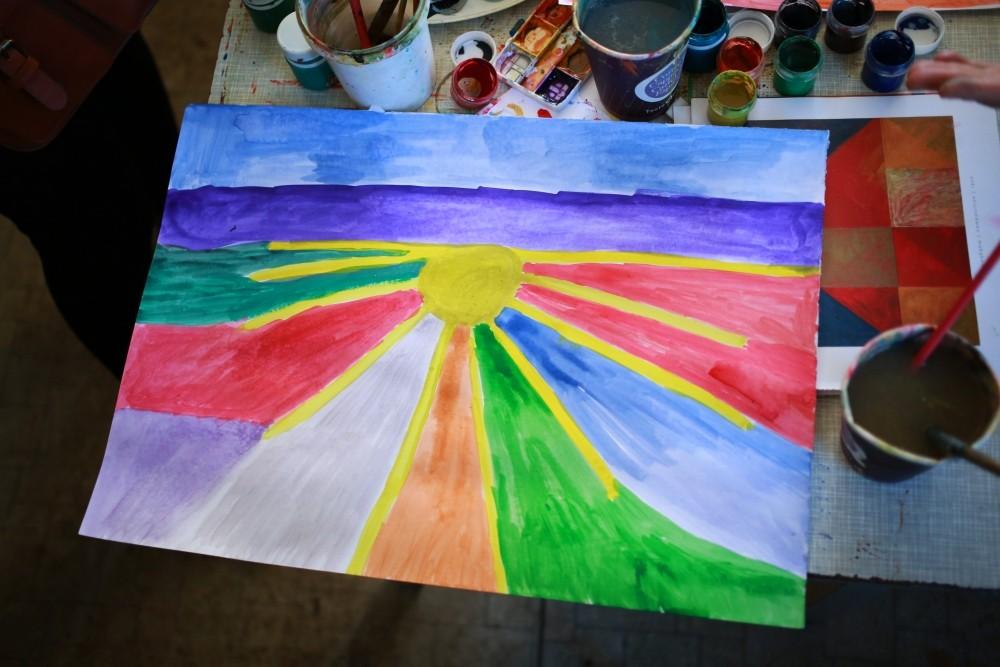
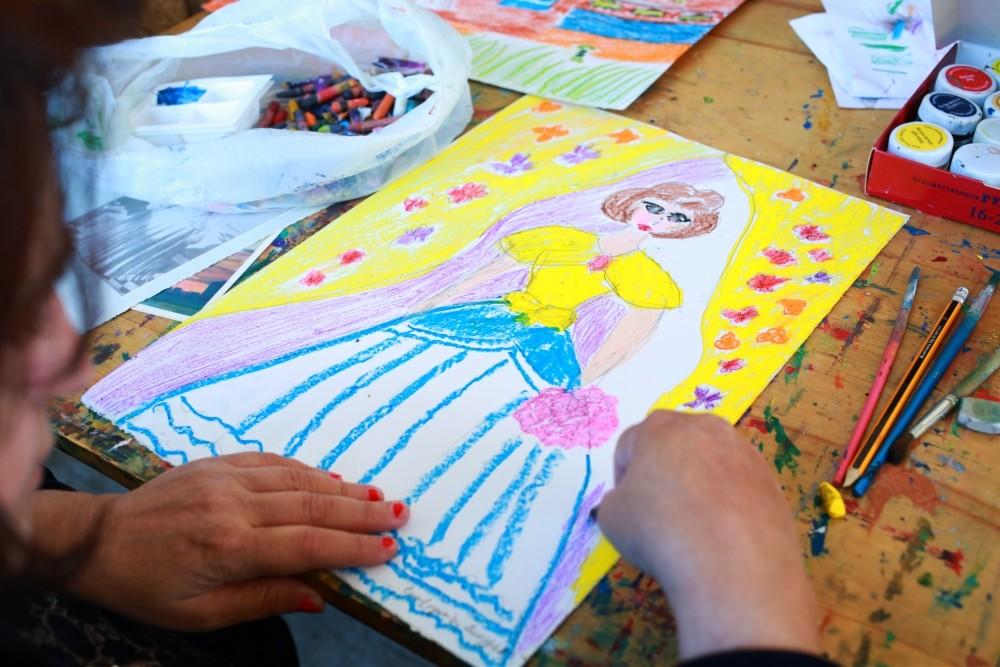
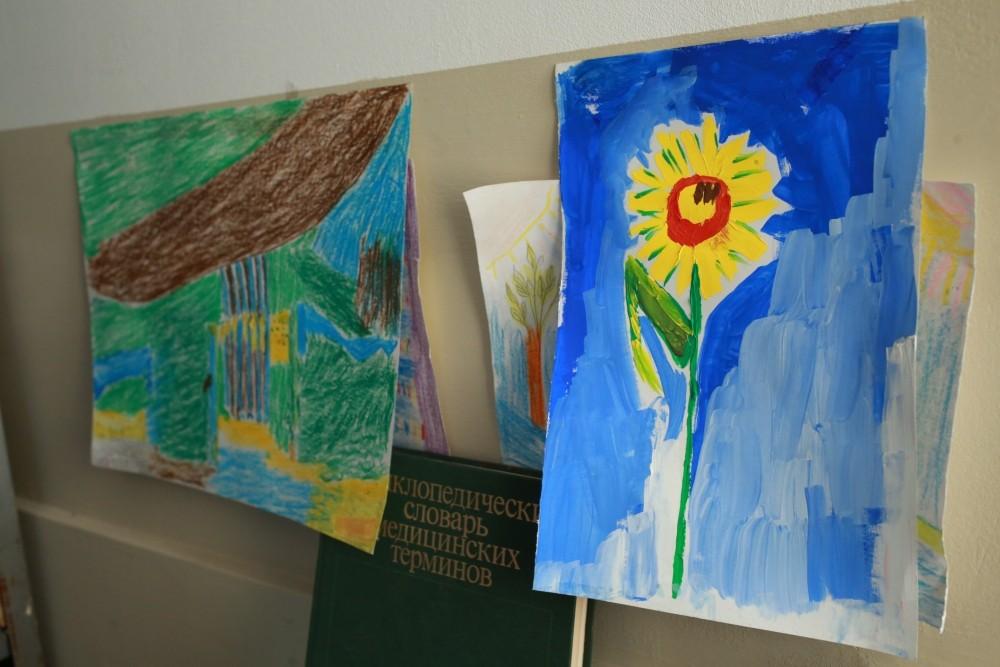

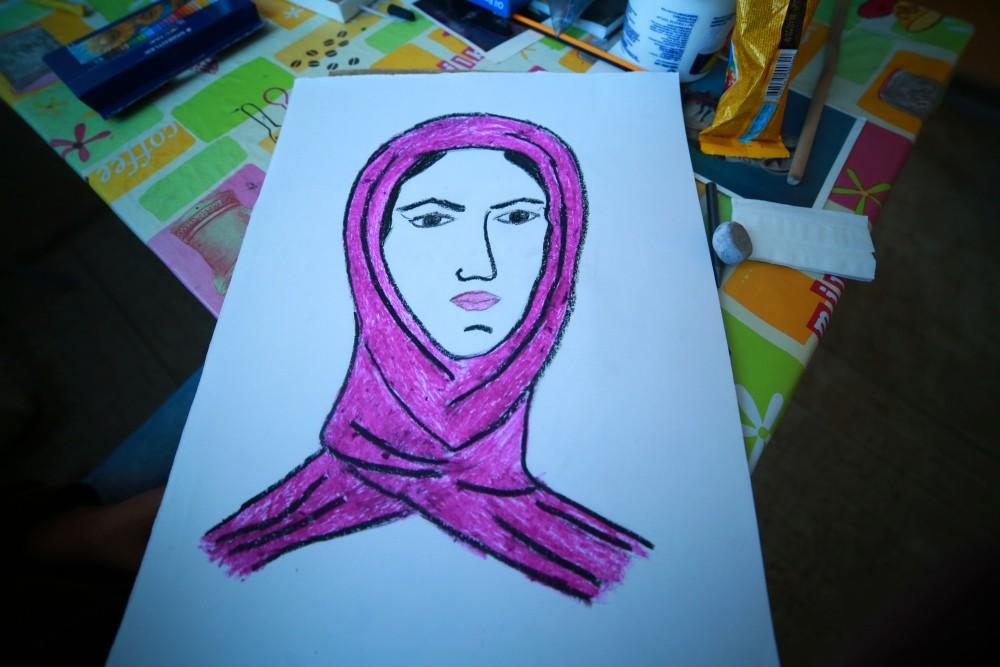
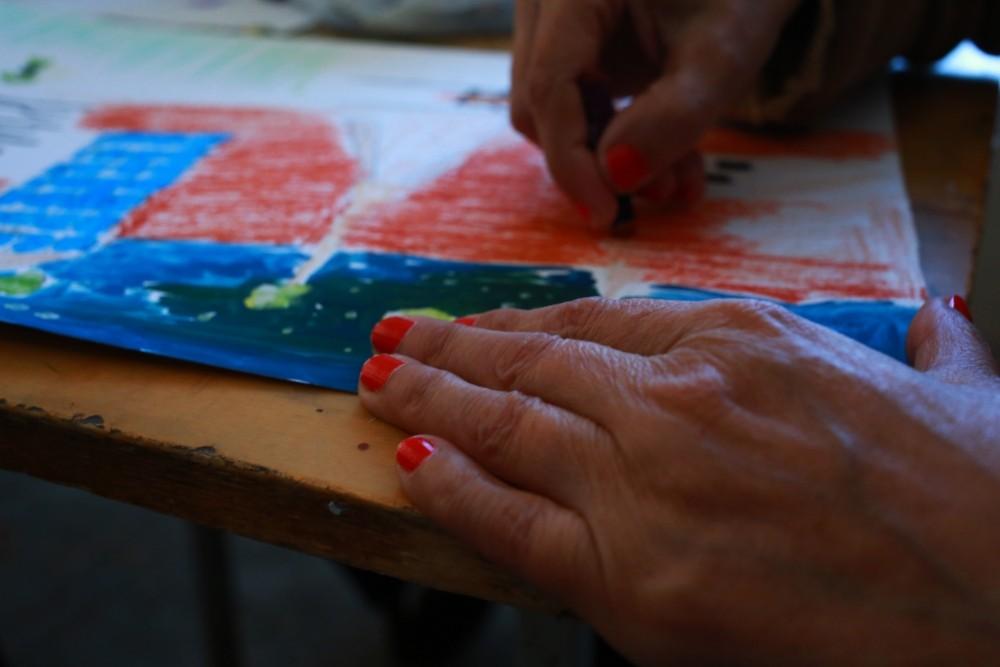
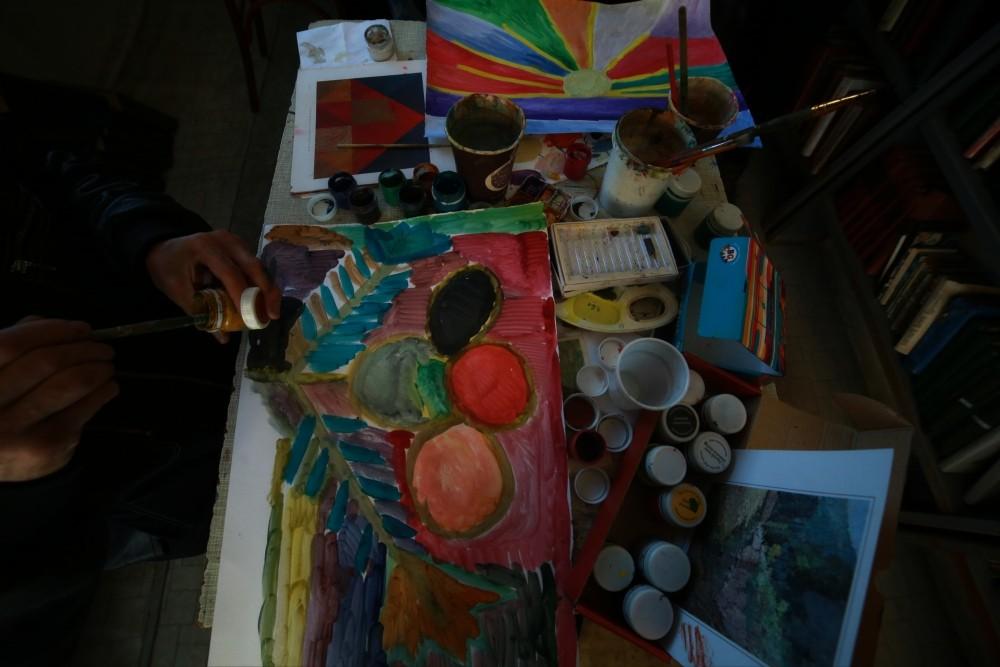
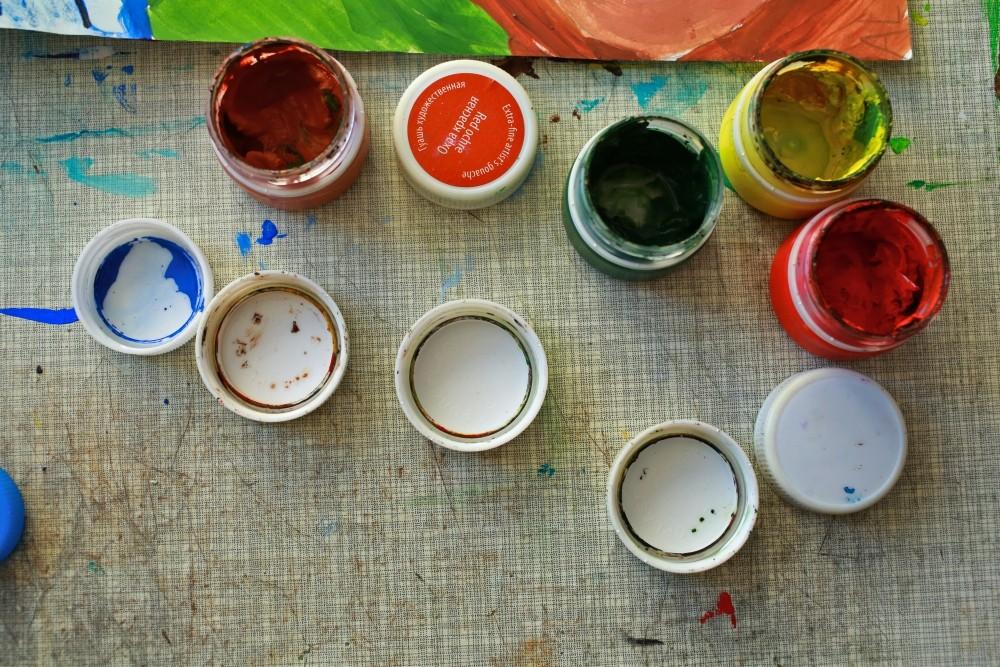
Write a comment